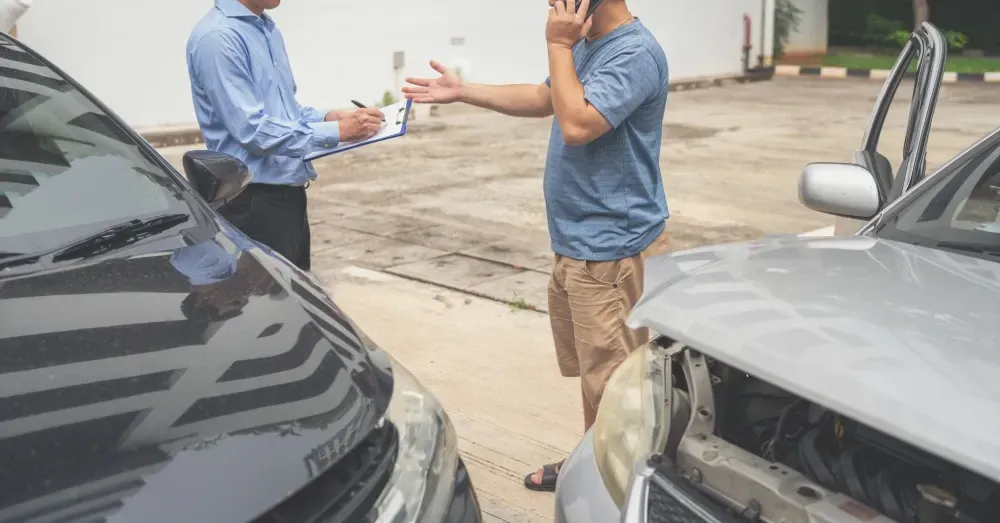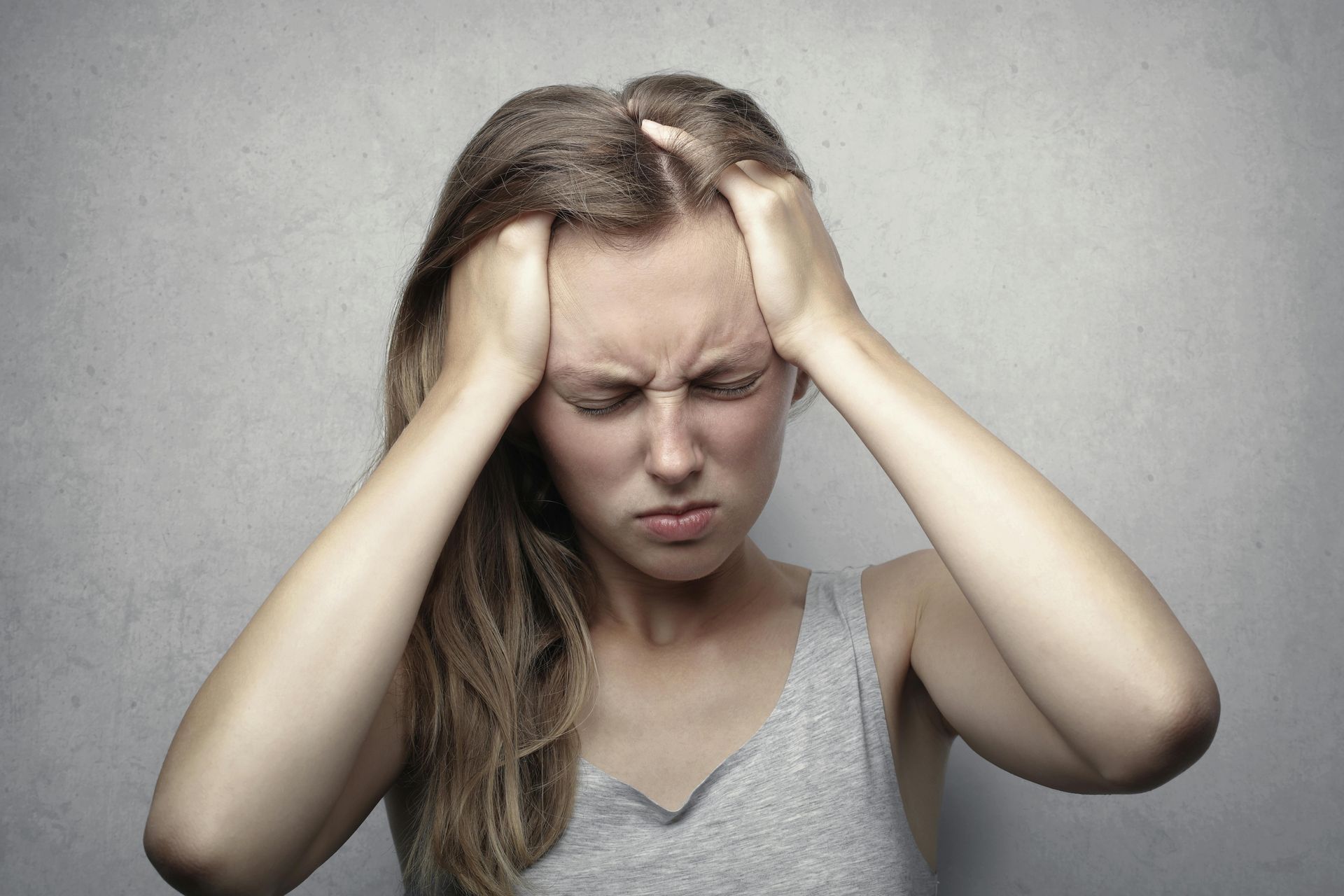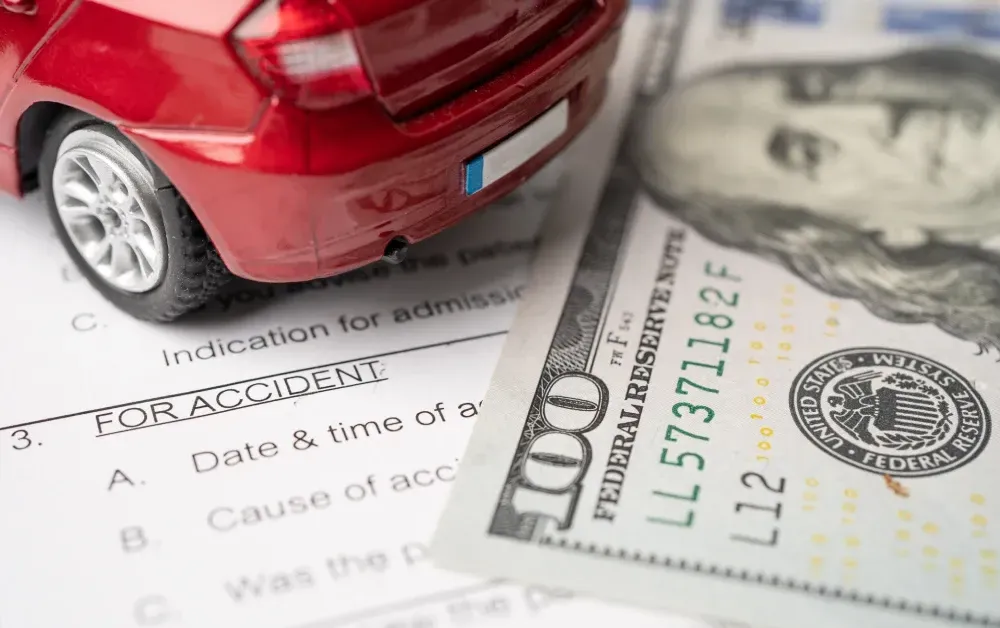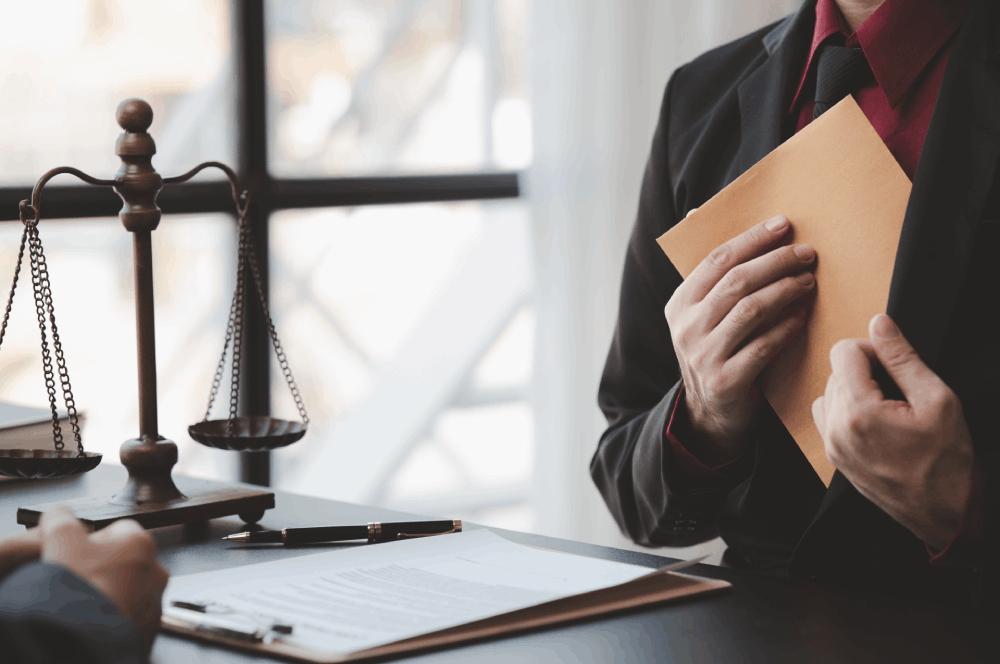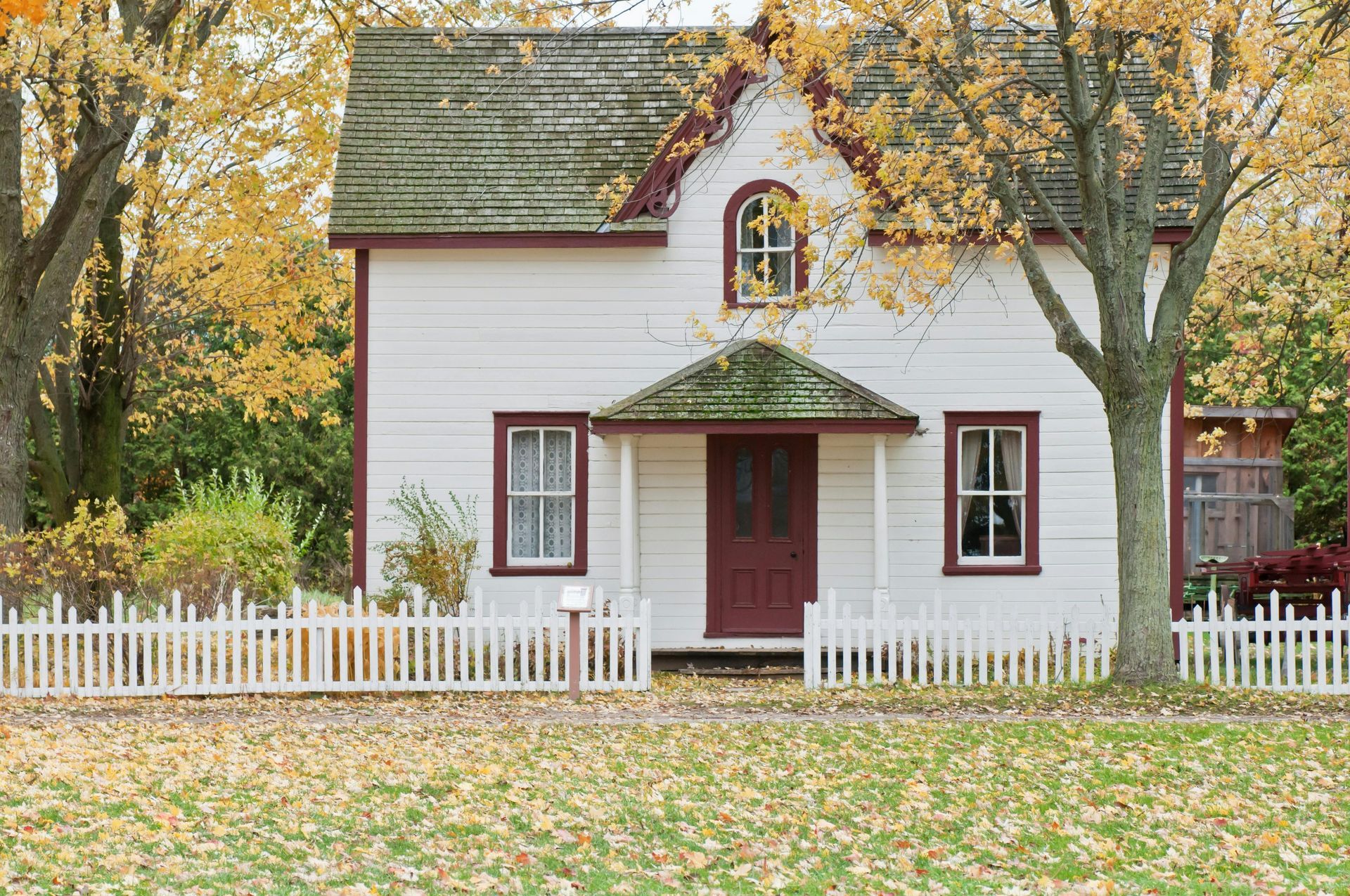Important Slip and Fall Laws in California
Even though slipping and falling is such a common phenomenon, they unfortunately are a leading cause of significant injuries and can even be fatal. Slip-and-falls can be particularly heinous if the person who falls has a preexisting health condition or is elderly. However, if an individual was injured in a slip and fall accident due to somebody else’s negligence, there are certain steps they can take to receive financial compensation for their physical and emotional losses. Read on to learn more about some key California slip and fall laws that could impact your case. If you were recently involved in a slip and fall accident due to another party’s negligence, consult with an experienced California slip and fall lawyer to learn more about your next steps.
Things To Know About California Slip and Fall Laws
Premises Liability
In personal injury law, premises liability refers to the legal responsibility property owners owe their public and private guests to keep their premises reasonably safe. Essentially, whether or not an owner is liable for injuries that occur on their premises often rests on proving premises liability. For example, if a person slips and falls and injures themselves on somebody else’s property because the owner didn’t clearly mark an area they knew was dangerous, then they could file a claim seeking compensation for their injuries. However, this doesn’t mean that all injuries count; the person who is injured must have taken a reasonable amount of care (i.e not intentionally walking into an area that is clearly precarious or marked off-limits).
Statute Of Limitations
The time limit for filing a lawsuit in California is two years from the date of your slip and fall accident. If the injury occurred on government property, you only have six months to file your claim. Government property refers to any land owned by the federal, state, or city government. In cases involving children, the statute of limitations doesn't normally start ticking until the child turns 18.
Establishing Fault In A California Slip and Fall Accident
A plaintiff (the injured party) in California must prove beyond a reasonable doubt that the property owner was negligent and that their negligence directly resulted in their injuries. The plaintiff must demonstrate that the owner failed to warn of dangers they were aware of or that they didn’t exercise a reasonable amount of care in maintaining a safe property.
Filing A Claim In A Comparative Negligence State
California is a comparative negligence state, meaning that even if you were partially liable for your injury you can still get a percentage of damages awarded depending on how the court or attorneys for both sides determine your percentage of fault.
Contact Us Today
Slip and fall accidents in California are governed by a specific set of laws that emphasize premises liability. Even if you are found to be partially at-fault for your accident, you may still recover a percentage of damages depending on the percentage of fault you are found to be liable for. If you have recently been in a slip-and-fall accident, call the Law Office of Ball & Yorke to consult with an experienced slip and fall attorney to plan your next steps.


